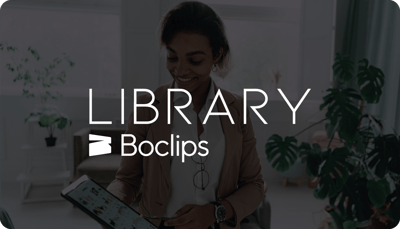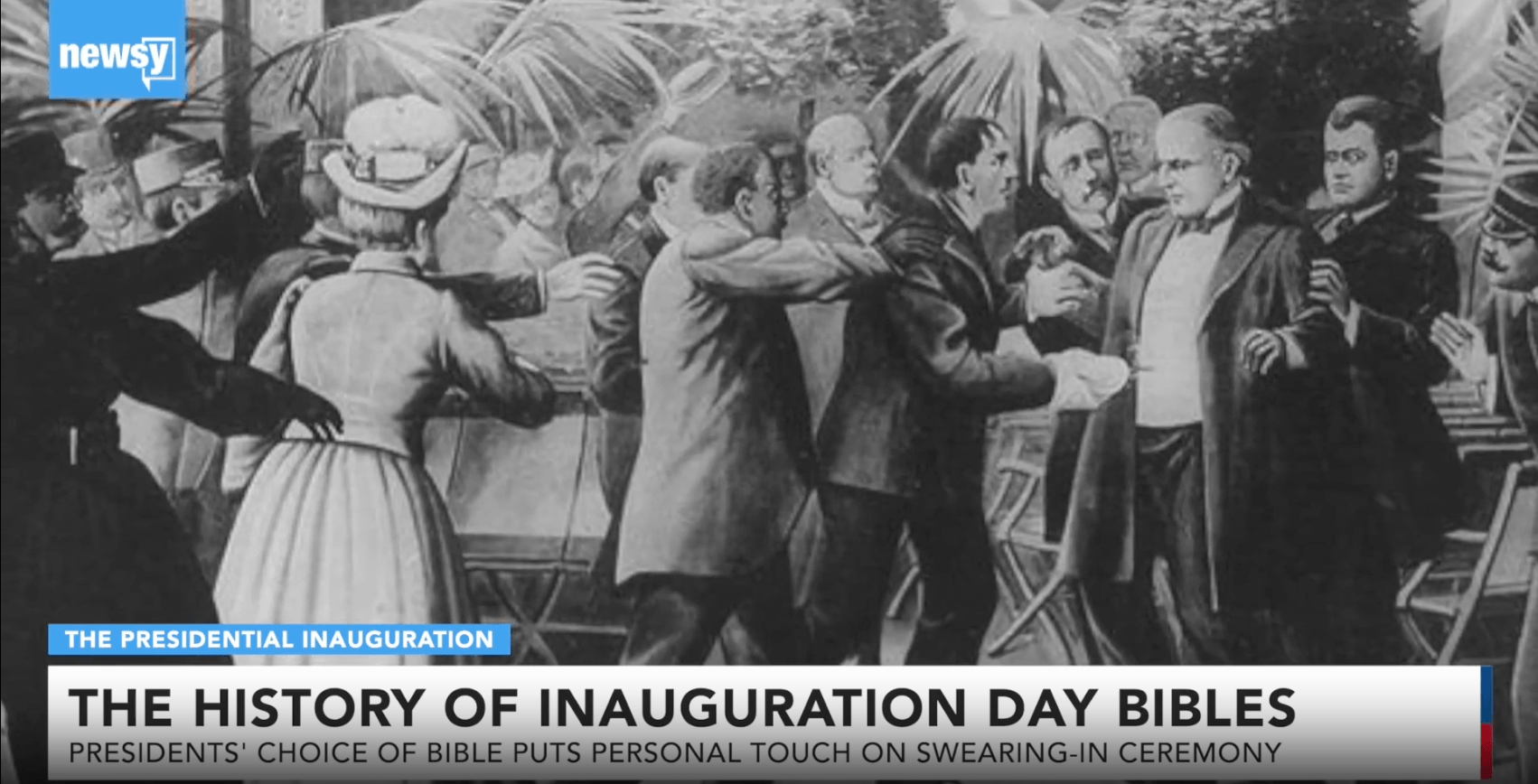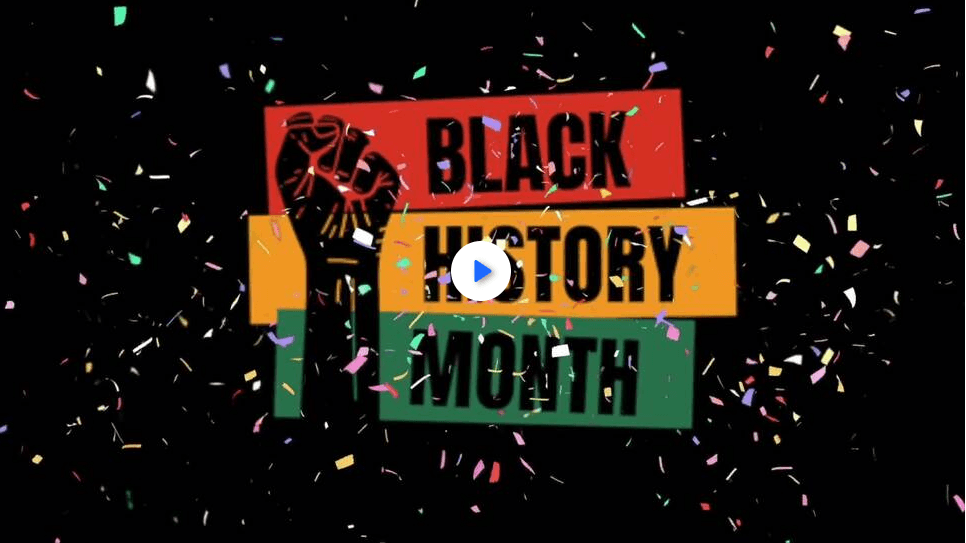If you work in the field of education, then you’ve probably heard of learning styles. The idea that some people learn best visually, while others are auditory learners has long been popular in education. Perhaps you even took a learning styles quiz as a student.
People generally agree that learning styles can explain some of the differences in performance and preferences for learning among students. But, when it comes to learning styles’ effects on performance, where’s the evidence? Are learning styles valid? Or, is there more to learning styles than meets the eye?
The Myths of Learning Styles
The theory of learning styles is plagued with controversy. While it’s an enticing and sometimes useful idea, it’s also rife with myths. A few main learning style myths dominate:
Students Taught According to their Preferred Learning Style Perform BetterYou may be surprised to discover that there is little to no evidence supporting the idea that using learning styles can measurably improve academic performance. On the contrary, studies consistently show students who are taught or study according to their learning style don’t perform any better on tests than students who are taught or study using other methods.
Several studies have shown the same lack of evidence for learning styles and their ability to influence academic performance. Notably, one study tested college-educated adults. These adults were evaluated regarding their learning style preference between visual or auditory learning styles. Then, the subjects were given a non-fiction book in either ebook or audiobook form. No correlation was found between the mode of learning and performance on a standard test given afterward.
Learners Self-Assess Their Learning Styles AccuratelyDo you think you know your preferred learning style? Think again! Researchers showed that most people can’t accurately self-assess their preferred learning style. When self-reporting, most learners didn’t match the outcome they obtained from filling out a questionnaire designed to determine learning styles.
This study showed that college students weren’t likely to use study strategies related to their preferred learning style. Interestingly, even students who did use strategies related to their learning style didn’t perform better than those who didn’t.
What does this mean? This learning styles myth shows that our perceptions aren’t always accurate. It muddies the waters and means teachers and instructors may be missing the mark when they shape lessons around learning styles theory.
Learning Styles Are Fixed and Mutually ExclusiveOnce a visual learner, always a visual learner? This belief is mostly a myth. There’s no denying that people have preferences in learning. Just as every person likes certain foods, they may also prefer to be taught in certain ways. Yet, just as you can like both ice cream and pizza, learners can also enjoy more than one way of learning. Experts also argue that learners’ preferences may grow and change over time. For example, many young children prefer to learn with visuals until they build greater skills in reading, at which point they may also enjoy learning through text.
For this reason, many learning styles researchers recommend that educators use a variety of learning styles in the classroom. However, rather than targeting and matching learning styles to students’ preferences, instructors should employ these techniques with the whole class. This way, students can strengthen their learning experiences by making more connections to the content while also building skills. For example, using a combination of text and audio, or text and visuals improves learning outcomes when compared to using only text, audio, or visuals alone.
These myths associated with learning styles show that our beliefs aren’t always backed up by evidence. If that’s the case, then why do people continue to believe so strongly in these myths?
Why Learning Styles Have An Outsized Influence
Confirmation bias is one possible reason learning styles myths persist. It's easy to view anecdotal observations as evidence. Additionally, learning styles are also prevalent in teacher training. In fact, many teachers must pass licensing exams that include content on learning styles that promotes the idea that students who learn in their preferred learning style perform better.
Evidence-Based Learning Strategies to Complement Learning Styles
There are plenty of strategies that have been proven to improve learning outcomes. The best part is that they apply to everyone, not just learners with certain preferences. Here are a few:
- Multimedia Tools: Rather than focusing on one learning style, try to include as many as possible. Research says that educational videos including a variety of modes such as audio, text, animations, graphics, etc. can improve learning outcomes. Plus, in this way, teachers can meet the diverse learning preferences of all learners. Furthermore, learners need to develop skills in all learning style areas and, for this reason, should be exposed to them all.
- Space it Out: When studying a topic, the information sticks better if learners study for a while, take a break, and then study the same material again the next day.
- Practice Tests: When your brain has to practice retrieving information, it learns the material more thoroughly. Thus, practice tests are a very effective strategy for learning!
- Multiple Forms of Engagement: When students really dig into a topic through projects, essays, reports, etc., they are able to learn more. That is because they engage with the content on a deeper level and elaborate to make meaningful connections.
Learning Styles and Beyond
While learning styles can provide a helpful framework for thinking about learning, it’s important to avoid embracing the many associated myths. Instructors need to consider the preferences of their learners in order to engage them and help them master learning goals. Yet, a broader approach of including many learning styles and activities will achieve better outcomes than tailoring lessons to each students’ individual preference.
Rachel Peachey
Rachel is an education industry writer and former Montessori schoolteacher. Originally from Pennsylvania, Rachel lives in Guatemala with her husband and three children.
- #Video in Digital Learning
- #Classroom
- #Educational Videos
- #Tips for Using Video
- #Video Content Partners
- #Boclips for Publishers
- #Issues in Education
- #News and Announcements
- #Educational Videos by Subject Area
- #Events & Holidays
- #Video and Teaching Tools
- #Teaching Methodologies
- #Education Videos
- #Video and Digital Literacy
- #Short Educational Videos
- #Instructional Design
- #Multimodal Learning
- #Video and Student Safety
- #Accessibility in Education
-3.png?width=390&height=223&name=Untitled%20design%20(2)-3.png)


.png?width=1152&height=660&name=Copy%20of%20Untitled%20Design%20(1).png)



